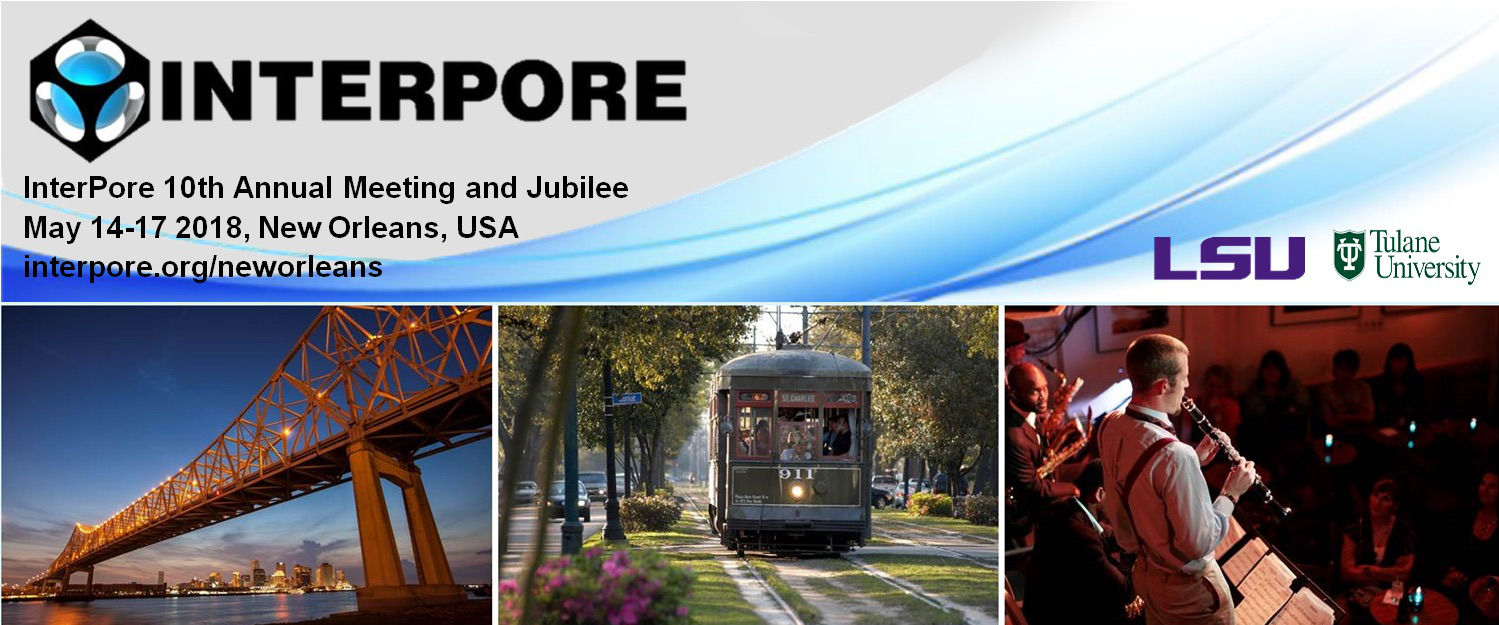Speaker
Description
Several mathematical models with various degrees of complexity and accuracy have been developed to describe the dynamics of drying porous media. At the effective medium scale, a continuum approximation is used and the transport phenomena are described by a set of partial differential equations [1]. While classical and extremely useful, and in spite of many studies, the continuum models (CMs) we have at our disposal are inadequate for various reasons. These CMs require macroscopic transport parameters, which are averages of corresponding microscopic properties and are often determined by laborious experiments. On the other hand, the microscopic models, which are able to resolve the sub-pore scale physics, are far from being practical, either computationally or analytically. In-between these two model hierarchies (macroscopic and microscopic), the mesoscale pore network models (PNMs) have been developed extensively since recent years. The original intent of PNMs for drying was to provide a relatively detailed picture and a fundamental understanding of the pore-scale phenomena that occur in porous media during the drying process. Very recently we have gone beyond this aspect: The parametrized version of the one-equation CM has been revisited and assessed by PN simulations [2]. It has been realized that for drying of non-hygroscopic porous media the classical interpretation of the relationship between the vapor partial pressure and the saturation, which was introduced in the development of the CM by the desorption isotherm, is not true [2]. In this work, three-dimensional pore network simulations of drying are carried out for several pore structures with different geometrical and morphological properties. Significant differences in parameters are observed for variations in the network pore structure. For instance, the results show that the dependency of the vapor partial pressure on the saturation is not unique during the drying process, and it depends strongly on the pore structure. Finally the ability of the CM to predict the PN simulation results for multiple realizations is explored. Our long-term vision is to derive new and superior continuum models from discrete drying simulations with realistic pore networks.
References
- S. Whitaker, Simultaneous heat, mass, and momentum transfer in porous media: A theory of drying. Advances in Heat Transfer, 1977(13), 119-203.
- A. A. Moghaddam, M. Prat, E. Tsotsas, A. Kharaghani. Evaporation in capillary porous media at the perfect piston-like invasion limit: Evidence of non-local equilibrium effects. Water Resources Research, DOI: 10.1002/2017WR021162.
| Acceptance of Terms and Conditions | Click here to agree |
|---|


